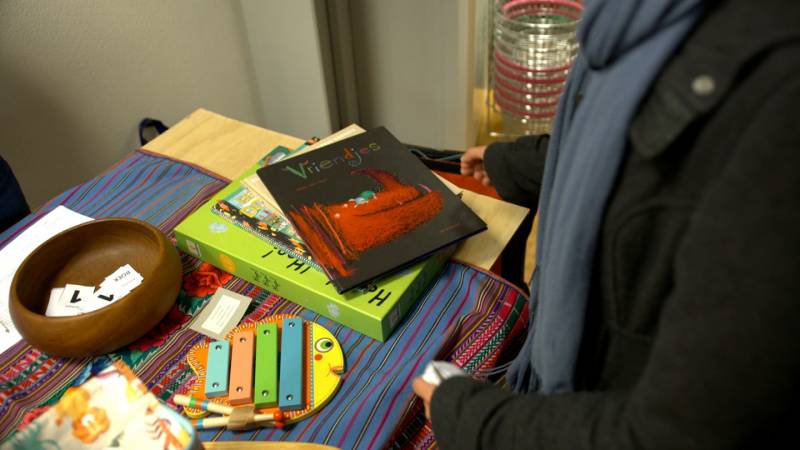They have the same experience at Marktplaats. “If new toys are not available, people turn to second-hand products that you can order online and locally. The price also plays a role: you can fill Sinterklaas’ bag in this way for a cheaper price,” said a spokesperson.
Marktplaats thinks that the early closing times may also have an effect. “If you can’t shop during the day, maybe you can do it online and locally.”
No more taboo
Money is also an argument for the selling party to give things a second life, thinks Eva Rutten, teacher and retail coach.
“People realize that what they have in the attic is worth something. Children in puberty sell clothes from their mothers, and nowadays see it as a business model. The second-hand trend is therefore also partly economically driven.”
The sustainability aspect also plays a role, Rutten thinks. “People want to make more conscious choices. They are thinking more and more about the effect of their purchasing behaviour. And in combination with the enormous online buying urge as a result of corona, and the arrival of countless platforms, this market is simply growing enormously.”
The result of all this: second-hand is becoming more and more common, for children and adults. “It is no longer taboo. Something can cost little money, but carry a beautiful emotional story with it and people accept that. And browsing for pearls in a thrift store is half the fun,” says Rutten.
Donations to aid agencies
Toy store Intertoys will start a trial to recycle toys in January. The company says the second-hand trend is not hindering sales. “In the trial, part of the toys returned will be recycled and a part that is still usable we can give a second destination,” said a spokesperson. “It’s still premature, but that second destination could happen through sales, but also through donations to aid agencies.”
–


